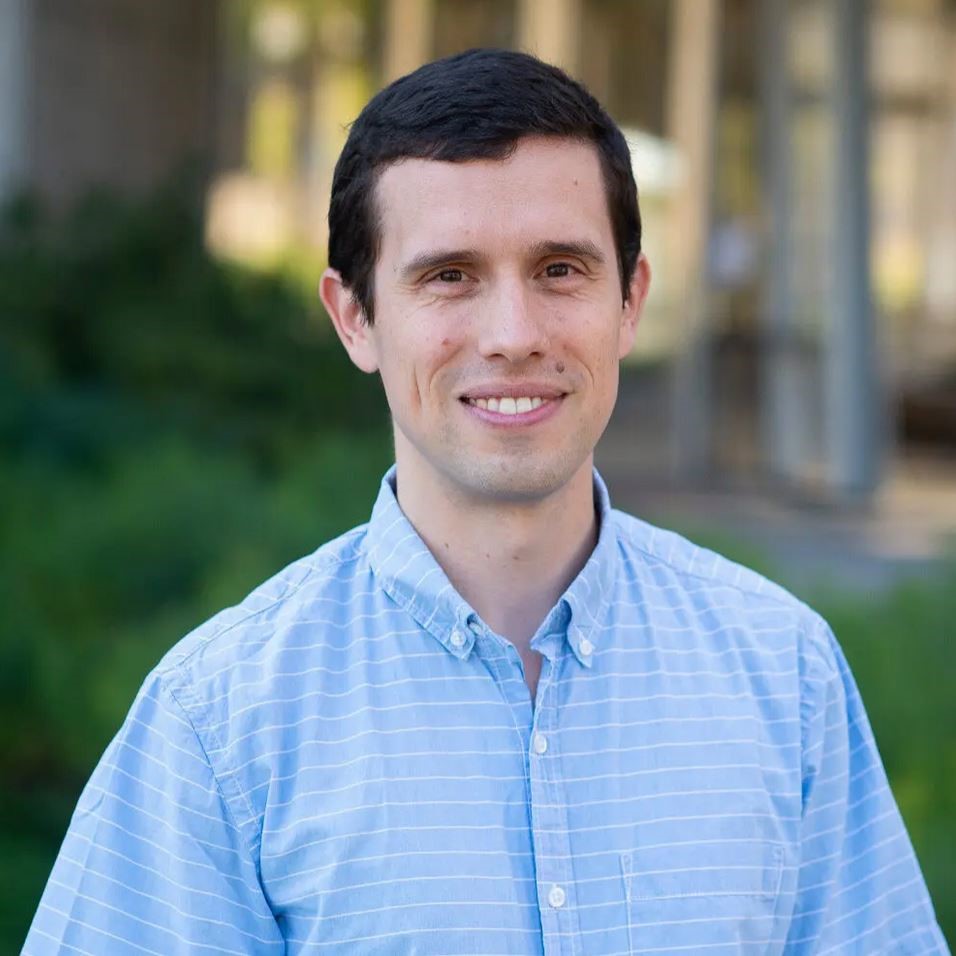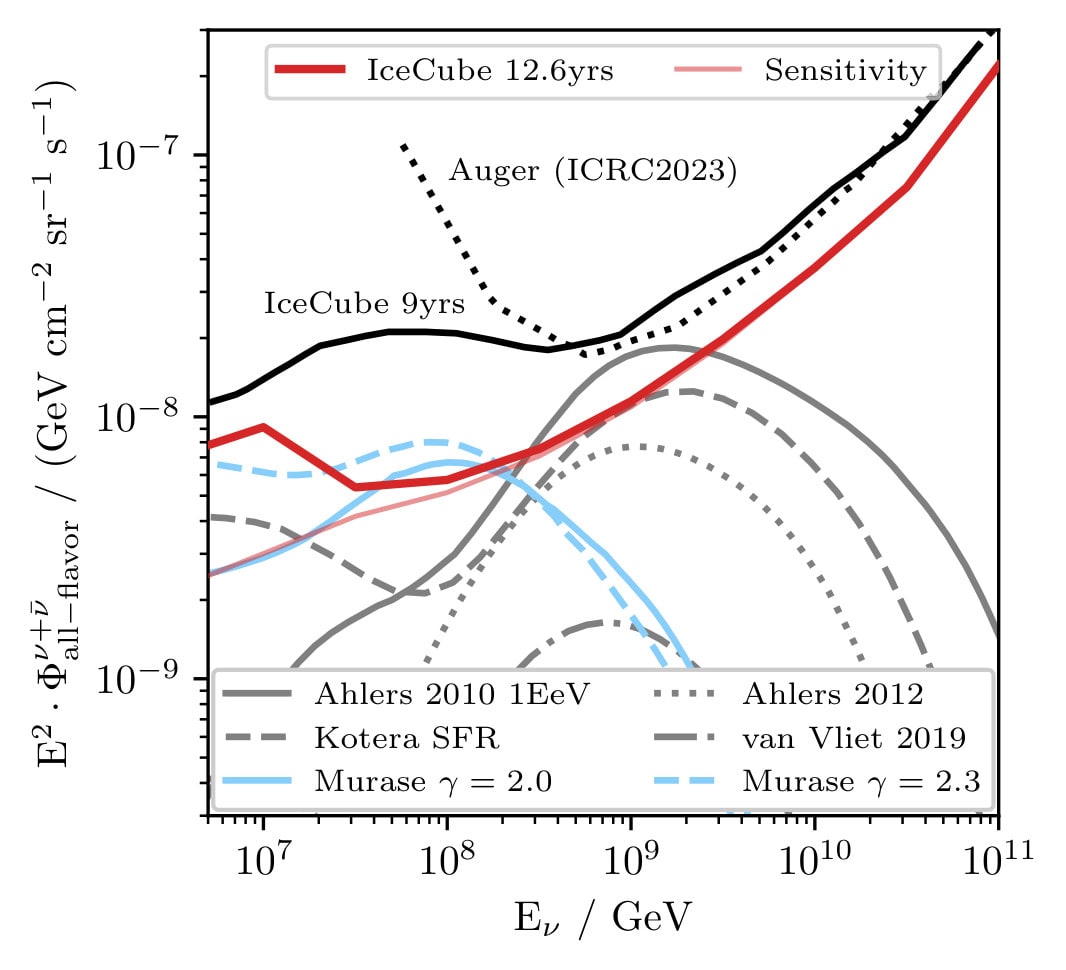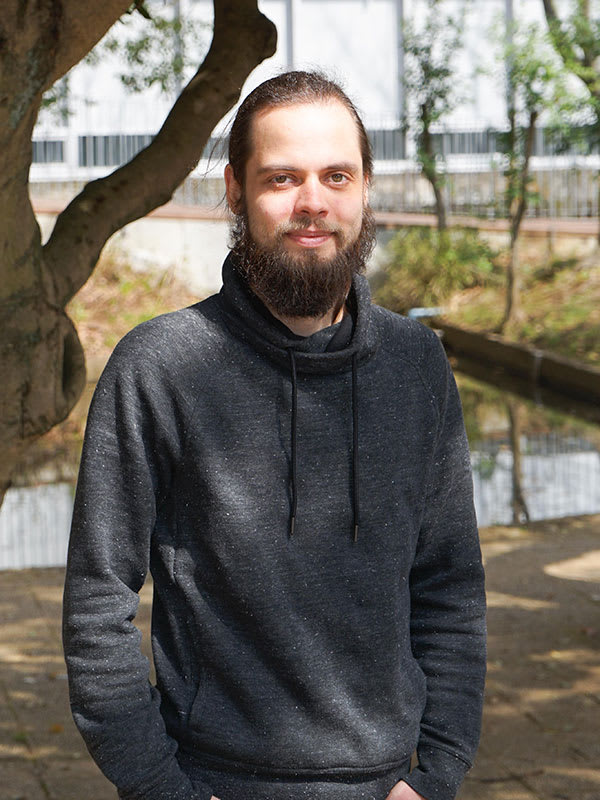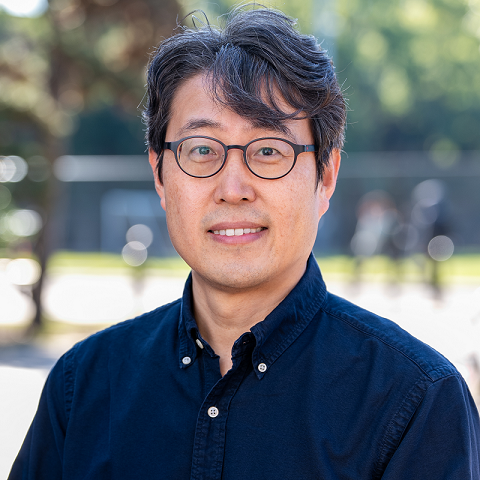Norbert M. Linke to Return to UMD
- Details
- Category: Department News
- Published: Wednesday, February 26 2025 10:04
The National Quantum Laboratory at Maryland (QLab) welcomes a renowned expert in quantum physics, computing and networking to serve as its new director, effective September 1, 2025. Norbert Linke, Ph.D., brings a decade of experience running a quantum computer user facility and conducting research on the applications of trapped atomic ions. Norbert Linke
Norbert Linke
With this appointment, Linke will return to the University of Maryland’s Department of Physics, where he worked as a faculty member from 2019 to 2022, and he will hold the first IonQ Professorship, an endowed position designed to support faculty focused on quantum computing research and advancing quantum strategy in Maryland and beyond. The IonQ Professorship was established with a $1 million gift from quantum computing firm IonQ and fully matched by the Maryland Department of Commerce. The match was made through the Maryland E-Nnovation Initiative Fund (MEIF), a state program created to spur basic and applied research in scientific and technical fields at colleges and universities.
Linke, who is currently a professor of physics at Duke University, co-invented several of the original patents that enabled the launch of IonQ, born out of UMD research and headquartered in College Park. The QLab was established in 2021 through a partnership between IonQ and UMD as the nation's first user facility to provide the global scientific community with hands-on access to a commercial-grade quantum computer. Housed in the Division of Information Technology and located in the Capital of Quantum in College Park, the QLab is dedicated to advancing quantum research and education.
"I'm honored to lead the QLab in its mission to make quantum computing accessible and drive innovation. I'm excited to work with the talented team here to push the boundaries of what's possible with this technology," Linke said. “President Pines gave QLab a motto, which is ‘Quantum for All.’ Following this, my vision for QLab is to provide broad access to the latest quantum resources for researchers, commercial stakeholders, as well as students and educators.”
The QLab fosters a vibrant quantum community, through its QLab Fellows and Global User Programs, as well as the QLab Collaboration Space, a dedicated hub for innovation that opened in 2023. The QLab also supports groundbreaking research through seed grants and collaborations with companies in the Quantum Startup Foundry, resulting in numerous publications and software development.
“Linke’s expertise and leadership will be invaluable as we continue to push the boundaries of quantum computing and foster a collaborative environment for innovation,” said Jeffrey K. Hollingsworth, vice president of information technology and chief information officer at UMD.
Linke's appointment comes at a time of rapid growth and development in the field of quantum computing, especially in the state of Maryland, where Gov. Wes Moore recently announced a $1 billion Capital of Quantum Initiative anchored by UMD and built on a landmark public-private partnership, in which the QLab is poised to play a key role.
Original story: https://umdrightnow.umd.edu/university-of-maryland-names-new-director-of-national-quantum-laboratory
About the QLab:
The National Quantum Laboratory at Maryland (QLab) is a national user facility that provides the scientific community with access to a commercial-grade quantum computer. Established through a partnership between IonQ and the University of Maryland, the QLab is dedicated to advancing quantum research and education and is housed in the Division of Information Technology.



